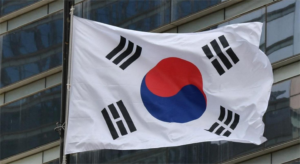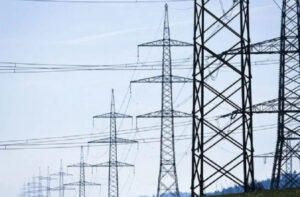Menu
Japan’s Inflation Eases, Easing Pressure on the Bank of Japan
- Junnel G
- January 19, 2024
- 6:47 pm
A Gradual Cool-Down in Inflation Rates
Japan’s core inflation, although still above the central bank’s 2% target, witnessed a deceleration for the second consecutive month in December. This slowdown, aligning with market predictions, is primarily attributed to diminishing inflationary pressures from imported raw materials. Such a trend supports the anticipation that the Bank of Japan (BOJ) will not be quick to scale back its extensive monetary stimulus program.
Mixed Signals in the Economy
Despite the slowdown in core inflation, the persistent increase in services prices and growing prospects for substantial wage hikes keep alive the market’s expectation of the BOJ potentially moving short-term interest rates out of the negative zone, possibly around April. According to Seisaku Kameda, a former top BOJ economist, Japan’s economy displays signs of weakness in consumption and capital expenditure. However, these factors don’t seem to be significantly affecting the momentum for wage hikes, hinting at robust pay raises in this year’s annual wage negotiations and a likely end to negative rates in the near future.
Components of Core Inflation
The core consumer price index (CPI) in December exhibited a 2.3% year-over-year increase, the most gradual pace since June 2022, following a 2.5% rise in November. This deceleration is largely due to a significant drop in energy costs, influenced by last year’s sharp rise and the government’s subsidies to moderate gasoline and utility expenses. Furthermore, although food prices continued to ascend, the rate of increase moderated, indicating a diminishing push from cost factors that previously maintained core inflation above the BOJ’s target.
Future Outlook: Wages and Services Prices
The anticipated moderation of Tokyo core consumer inflation to 1.9% in January, falling below the BOJ’s target for the first time since May 2022, puts the spotlight on wage hikes. The acceleration in wages is crucial to bolster households’ purchasing power, allowing companies to sustain price increases and maintain inflation around the BOJ’s 2% objective. Additionally, the stable rise in services prices underscores the shift from cost-push inflation to broader price increases driven by robust domestic demand and wage growth, pivotal factors in determining the BOJ’s rate hike timeline.
As Japan navigates through these economic nuances, the BOJ remains watchful, aiming to strike a balance between fostering economic growth and maintaining price stability.
#Top Tags COVID Covid-19 Technology Finance Investing Sustainability Economy

Subscribe to Our Newsletter and get a free pdf:




















Comments are closed for this article!